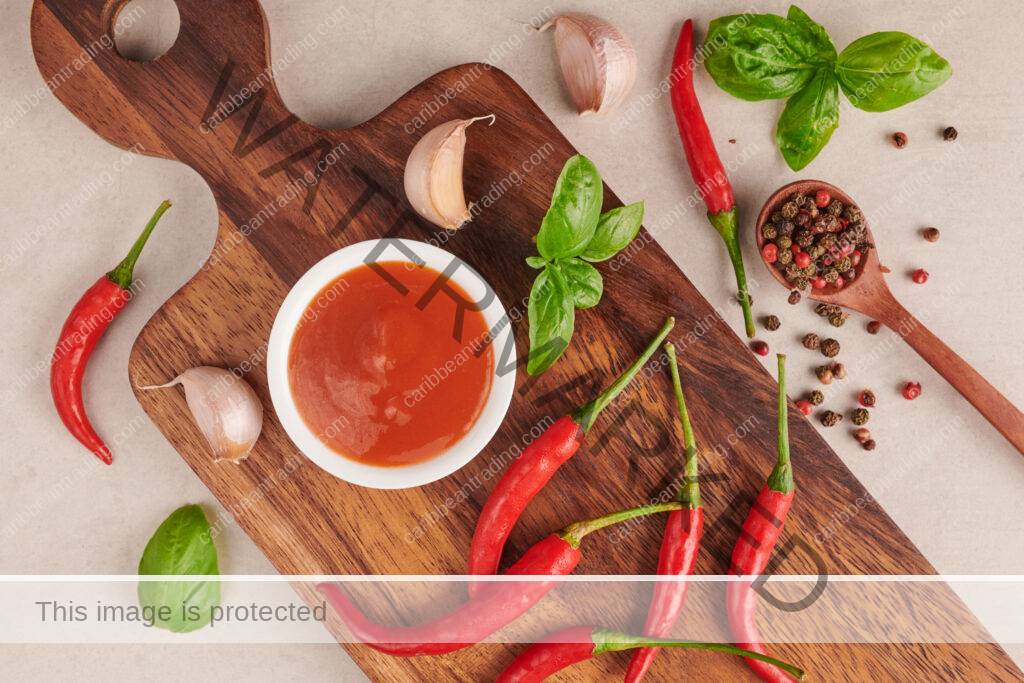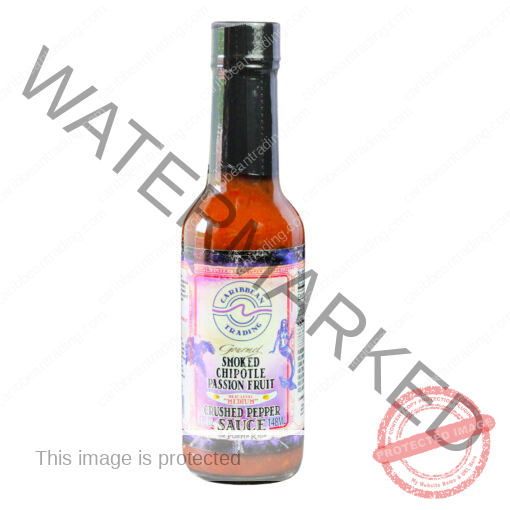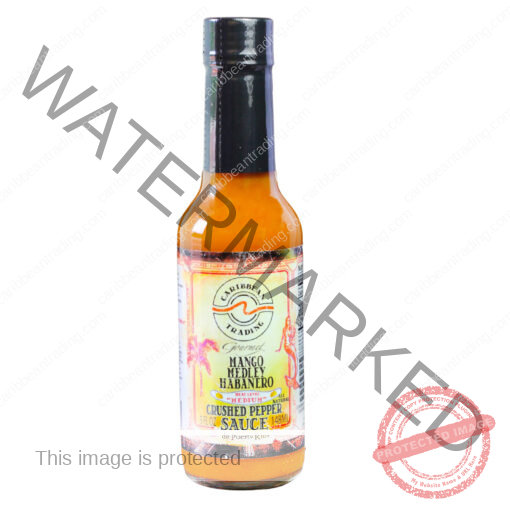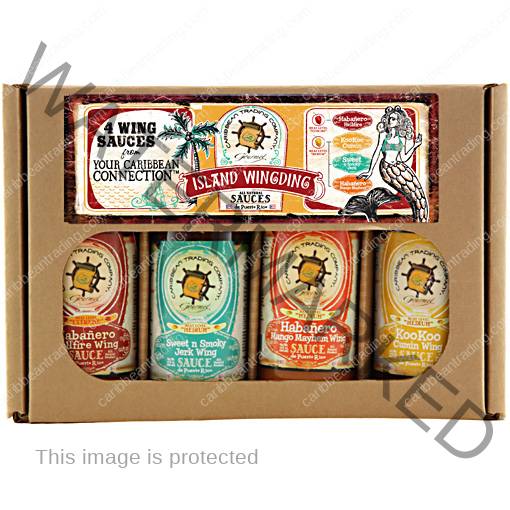Food & Recipes
All about the pepper plant hot sauce
Everyone has at least heard of hot sauce during their lives. Pepper plant hot sauces have become a global trend as of the last few years — here, you will learn everything about this pungent seasoning in a journey through the history and making of pepper plant hot sauces.
Almost every place on Earth has their own cultural adaptations of spicy flavor in one way or another to some extent, and for every one of those adaptations, somebody has probably managed to make a special hot sauce based on them.
Maybe it’s this uniqueness which is so characteristic of spicy food that makes up the appeal of the hot sauce fandom. From Japanese plant stems to South American deadly red peppers, this particular seasoning allows for creativity with little limits.
The passion for spicy food
While hot sauce has been widely popular in the US for decades making its way into pop culture, popularity all around the globe has risen dramatically in the last few years as well. This is because hot sauces and their spicy equivalents have increasingly been becoming staple street foods all over the world, including Puerto Rico.
Asia, for example, is no stranger to spicy food. Hot sauce, spicy dishes and condiments among other alternatives can be found in any restaurant or buffet available, and in quantity — Asia is crazy for spicy food, and they don’t show signs of wanting to stop.
And we can’t speak of spicy foods without mentioning Mexico, which constitutes the core of hot food culture in the West. Mexico is responsible for the expansion of hot sauces to the US and Asia, where it reached peak commercialization — allowing it to thrive beyond any expectations.
Hot sauce before colonization
The early days of hot peppers take place in Central and South America, where they were native to. The civilizations that existed before the bigger empires such as the Aztecs formed started cultivating chili peppers.
It is believed that chili peppers were, along with corn and potatoes, one of the plants that were first cultivated in the Americas as a part of their early practices of agriculture, dating back to about seven or nine thousand years ago in the past.
It has been found through archaeological excavations that chilies were eaten as early as 7,000 BC in South America. However, the Mayans and Aztecs of Central America are recognized as the inventors of the early traditions of spicy foods, which included hot sauces, not long after.
This shows that humans have been using condiments to enrich the flavor and nutritional value of food since almost the beginning. The first pepper plant hot sauces consisted of peppers with water and some herbs — safe to say that it hasn’t changed much since then.
Hot sauce after colonization
The arrival of colonization gave birth to a new era for spicy food, as the activities known as the Columbian exchange paved the way for hot sauce to spread throughout the globe, causing it to be experimented and iterated on by different civilizations with different food cultures.
This led to it increasing in variety as new ingredients from outside the Americas were put into the mix, further increasing their popularity; especially in Southeast Asia, where it achieved widespread use.
Many types of hot sauce were seen from those times until today, but most of them have completely disappeared, only leaving a legacy of culture behind.
How hot sauce is made
Chili peppers are the prime ingredient in most hot sauces, and it’s usually mixed in with vinegar and salt. From that point on, a hot sauce can contain pretty much anything, ranging from sweet to sour and bitter.
That said, you’ll find a whole bunch of different ingredients that are used to make these sauces, not only spicy, but also sweet, bitter and salty. Other spicy condiments like mustard, horseradish and wasabi are some well-known alternatives to chili-based pepper plant hot sauces.
Fermented sauce, for example, is a popular culinary preparation that involves allowing beneficial bacteria to act on peppers along with other ingredients, and which provides the sauce with a sour taste and modifies the composition of sugars, deepening the flavor of the peppers.
The color of hot sauces is something that is also paid close attention to, as for many enthusiasts of the matter, it’s important that color reflects taste — The flavor of a mildly hot, sweet sauce may be overestimated if the color of the sauce is dark brown, which does not give matching expectations to whoever will taste it.
Pepper plant hot sauces
So here’s a list of different styles of sauces, which make an attempt at the grueling task of categorizing them.
Louisiana-style sauces
Louisiana-style hot sauces are by far the most popular sauce in the United States, and their varieties are mainly composed of peppers, vinegar and water.
Louisiana-style hot sauces generally boast medium levels of heat, ranging from tabasco spice based sauces which are the hotter, to cayenne pepper sauces, which are the mildest. Their ingredients have usually been fermented in most cases as well.
Mexican-style sauces
Mexican-style sauces, on the other hand, put their main focus on the spiciness of the peppers that have been used. These sauces aim to accentuate the flavor of the chilies, and thus are the varieties that exhibit the biggest collection of peppers.
This style of pepper plant hot sauce is most popular among those who are heat enthusiasts and like the hottest of hot sauces. Another thing to point out about mexican-style sauces is that vinegar, which has a strong flavor and can tamper with the pepper’s, is only used in some preparations.
Asian-style hot sauces
Asian-style hot sauces generally contain more ingredients than those made in the Louisiana or Mexican style. This makes them the most varied style of hot sauce when it comes to flavors, since in Asia they like to add tons of different flavors into play, and it makes for sweeter or saltier sauces.
However, they aren’t without their spice, with sauces from Chinese, Thai and Indian cuisine being the hottest.
Other styles
Most of the world, as mentioned before, has some variation of hot sauce — especially Latin American countries. Every country and region in the world has put their grain of sand to make hot sauce into what it’s known for today.
Hot “taste”?
Although it may seem like it, the spiciness is not a taste, but a sensation of heat that is also very different depending on the food that produces it, be it cardamom, peppers, chili, garlic or wasabi.
Although they say it’s all in the habit of getting used to pepper plant hot sauces and that they can be addictive, many seem almost impossible to eat. “And why is that?”, you may be thinking.
Capsaicin in peppers
The reason why peppers are hot boil down to a few chemical elements present in plants, namely capsaicin and other capsaicinoids. This chemical causes a fake burning feeling in one’s mouth when tasted, creating that familiar hot sensation.
From an evolutionary point of view, peppers contain this chemical in order to deter other living beings from eating them, and this may well be the reason they still exist to this day. Did you know that birds can’t taste their spiciness, so they can help spread the seeds of pepper plants?
Funnily enough, peppers ended up becoming popular food anyways, specifically because of their “deterrent” spicy taste.
The Scoville Scale
When you’re talking about “heat” in a sauce, you’ll often hear about Scoville units. The Scoville unit, as of now, is considered the best unit for objectively (albeit roughly) telling how pungent a pepper is.
Moreover, the Scoville scale is a way of measuring pungency that works by diluting a pepper (or anything, really) in water several times until the heat from it can’t be felt anymore. It’s fairly simple, and it allows for a reliable enough way of classifying peppers.
However, even though it has the flexibility to measure just about anything that contains capsaicin ranging from sauce to mustard, it is still quite a vague unit of measurement. Also, bear in mind that not everyone has the same sensitivity for capsaicin.
Conclusion
Congratulations! Now you have a significant background on pepper plant hot sauces, how they’re made, their origins, and how they’ve acquired popularity. Remember, spicy flavor can be your new thing if you get used to it, so knock yourself out!







